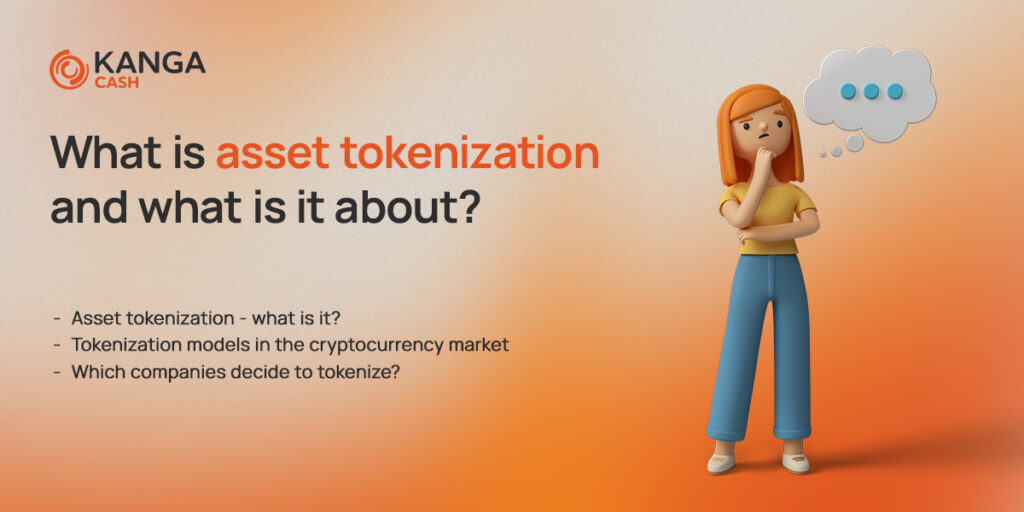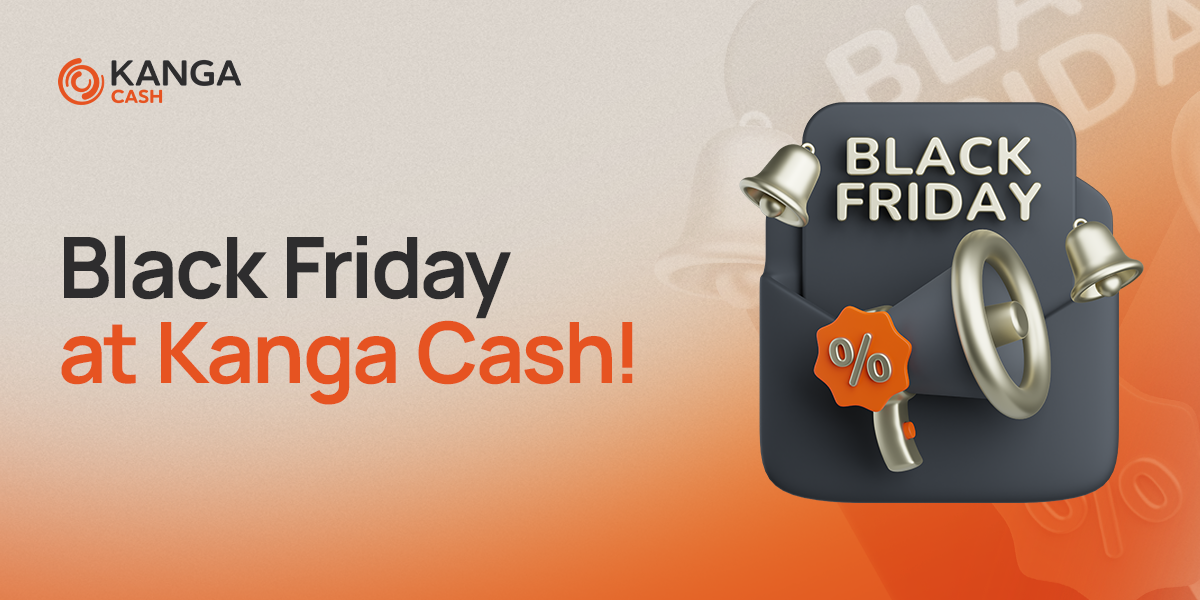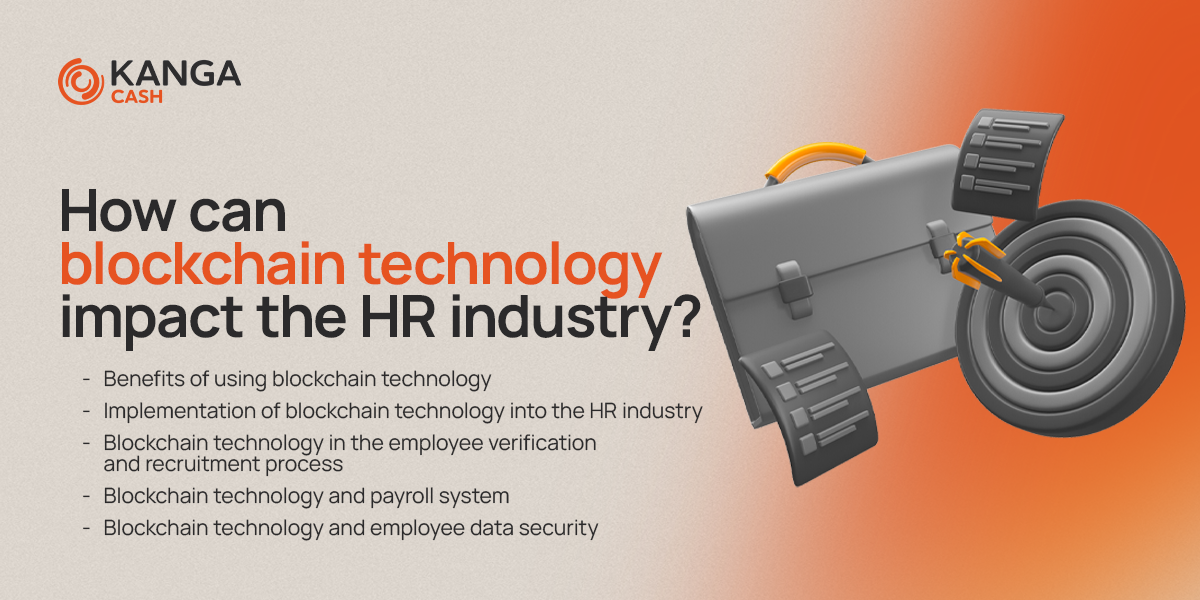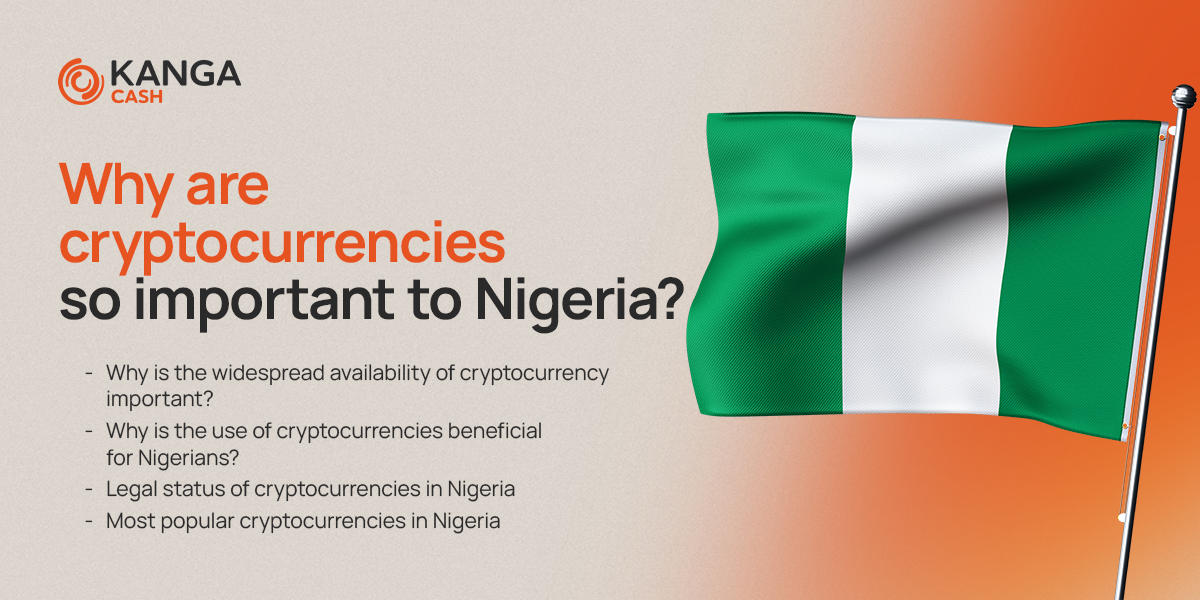What is asset tokenization and what is it about?

The advent of bitcoin has opened up new possibilities when it comes to the financial landscape. It made it possible to easily divide assets into smaller units representing ownership. This situation provides an incentive to democratize investments in assets that have hitherto been difficult to market, while contributing to fairer markets. Whether it’s images, digital media platforms, real estate, company shares or collectables, everything can be tokenized on a distributed ledger. So what exactly is asset tokenization?
Asset tokenization – what is it?
Asset tokenization is a concept referring to the use of smart contracts and blockchain technology to “present” a given property or right to an asset in digital form. Import into the blockchain, you might say.
This process most often involves financial or exchangeable assets, such as shares in companies or amounts of gold. Nevertheless, tokenization can potentially be applied to any item with a monetary value. Tokenization is one of the most promising applications of blockchain technology, also due to the size of the market itself, which can cover virtually all economic activity known to us.
Those familiar with the problem of blockchain oracles know that any situation where a Web3 application needs to communicate with the outside world carries security risks and other difficulties, and asset tokenization that relies on information from outside the blockchain is no exception. In order to fully realize the potential of asset tokenization, blockchain oracles are crucial as markets need reliable information on underlying assets in processes such as token creation, trading, management and much more.
Tokenization models in the cryptocurrency market
To understand how asset tokenization works and why it matters, let’s go back to the basics of Web3 technology: Smart contracts are cryptographically secured digital contracts created with computer code and stored in a highly secure database called a blockchain. To issue tokens, a developer writes a smart contract on the blockchain that maps positive balances to a series of wallet addresses or smart contracts, along with features that allow users controlling those addresses to add to and subtract from those balances.
Examples of resource tokenization include:
- Real-world asset tokenization — Real-world assets such as fiat currencies, stocks, treasury bills, credits, commodities, carbon credits, intellectual property, and works of art can be tokenized and stored on the blockchain. Like gold bullion warrants and deeds, these are bearer assets that give the holder a claim on real-world assets. The key difference from legacy bearer assets is that the tokenization of physical assets allows assets to be stored, traded and used as collateral on blockchain networks.
- Tokenization of digital assets – Tokenizing assets that only exist in digital form on the blockchain is critical to Web3, especially for use cases such as representing DAO management rights and cross-chain assets. Because they are completely digital, tokenized assets stored on the blockchain allow the owner to hold the asset directly, rather than having a claim on the underlying asset.
- In-Game Asset Tokenization – A subset of digital asset tokenization, in-game assets used in GameFi projects or metaverses, such as skins, weapons, or in-game currencies, can be represented as tokenized assets.
Which companies decide to tokenize?
Virtually any enterprise can theoretically take steps towards tokenization, however, some industries are more suitable for this kind of solution. Here are some examples of enterprises that can tokenize:
- Real Estate: Real estate companies can tokenize individual properties, allowing investors to buy and trade shares in those properties.
- Venture capital and private equity: Investment firms can tokenize their funds, allowing investors to buy and trade shares in projects and startups.
- Art and Collections: Art and Collections businesses can tokenize individual artworks or collections, allowing investors to purchase and trade shares in those assets.
- Retail: Retail businesses can introduce loyalty tokens that customers can earn when shopping and redeem for rewards or other benefits.
- Finance and banking: Companies in the financial sector can tokenize various financial instruments, such as stocks, bonds, options or futures, which allows them to be exchanged and circulated more easily in the markets.
- Commodities and energy: Commodities and energy companies can tokenize their assets, such as oil, natural gas, gold or electricity, allowing investors to trade these assets.
- Logistics and transportation: Companies in the logistics and transportation industry can tokenize their vehicle fleets, allowing for better management and more efficient tracking of their assets.
However, it is worth remembering that the tokenization process involves various regulatory, legal and financial factors, which may vary depending on the jurisdiction. Enterprises interested in tokenization should consult with relevant legal and financial professionals to ensure that they are operating in compliance with applicable regulations.
Thank you for reading! For people who have arrived here, we have prepared the code “KANTOR” reducing the transaction in exchange offices by 0.25% (valid until July 13!).


